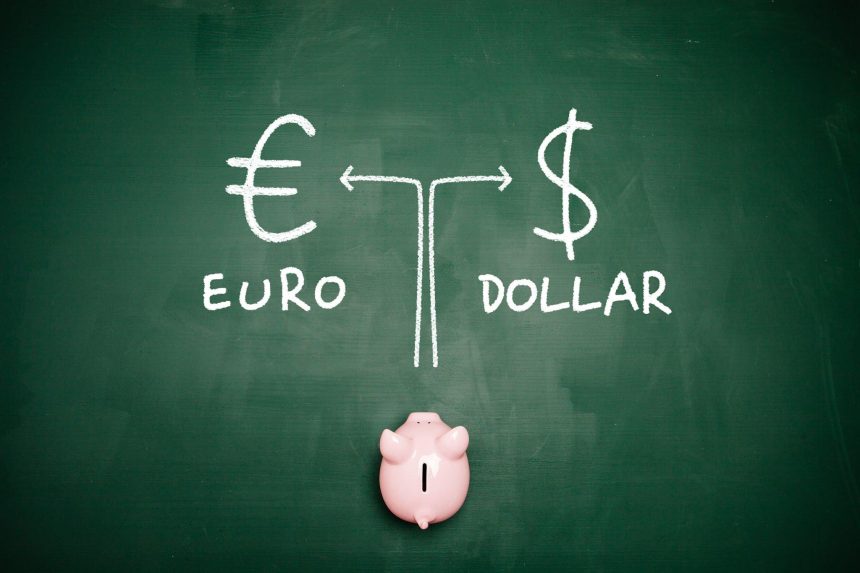EURUSD maintains its gains below 1.1100 due to weaker USD.
In Tuesday’s European session, the EURUSD traded around a more than seven-month high, barely below round-level resistance at 1.1100. The major currency pair is holding gains as the US Dollar (USD) continues to fall, driven down by strong predictions that the Federal Reserve (Fed) would begin slashing interest rates in September.
US dollar expected to fall as investors bet on the Fed cutting interest rates in September.
The US Dollar Index (DXY), which measures the value of the US dollar against six major currencies, is hovering at 101.80, a seven-month low.
Market speculation The case for Fed interest rate decreases has grown as officials appear to be more concerned about the US job market and remain optimistic that price pressures are on track to meet the 2% target.
On Monday, Minneapolis Fed President Neel Kashkari expressed concerns about evidence of worsening labor market conditions and advocated for rate decreases in September. “The balance of risks has shifted, so the debate about potentially cutting rates in September is appropriate,” he told The Wall Street Journal.
“If we had some faster deterioration in the labor market, that would tell me, ‘hey, we need to do more, immediately, to support the labor market, even if we have ambiguity about where our ultimate destination is is going to be,” he explained. Kashari, on the other hand, pushed out predictions for the Fed’s future rate cuts, stating that layoffs remain modest and that increasing jobless claims do not indicate a deterioration in the labor market.
Investors looking for fresh clues about the interest rate path when the Federal Open Market Committee (FOMC) minutes for the July meeting are released on Wednesday. As well as Fed Chair Jerome Powell’s speech at the Jackson Hole (JH) Symposium, which will take place from August 22 to 24.
Daily Market movers: EURUSD anticipates more gain amid US dollar weakening.
Despite the US Dollar’s weakening, the EURUSD trades strongly. The Euro outperforms the Greenback but slow against other peers. Due to fears that the European Central Bank (ECB) might Interest rates reduced twice more this year. The ECB largely expected to lower interest rates for the second time at its September meeting.
This week, investors focuse on the preliminary Eurozone HCOB Purchasing Managers’ Index (PMI) data for August and Q2 Negotiated Wage Rates, which will be released on Thursday. Economists anticipate that the Composite PMI barely improved as manufacturing activity contracted. The Negotiated Wage Rate, a crucial metric of wage growth, rose to 4.69% in the first quarter of this year, and ECB officials would welcome a lower figure in the second quarter.
The Eurozone’s economic future remains precarious, as its greatest country, Germany, battles to retain a solid foothold Due to low demand from both domestic and international markets.
ECB Rehn believes market expectations for rate reduction in September are justified.
Amid downside risks to the Eurozone economic outlook, ECB policymaker and Finnish central bank president Olli Rehn has expressed confidence in market expectations of rate reduction in September.
In a speech to the European American Chamber of Commerce in New York, Rehn stated: “The recent increase in negative growth risks in the euro area has reinforced the case for a rate cut at the next ECB monetary policy meeting in September, provided that disinflation is indeed on track,” according to Reuters.








